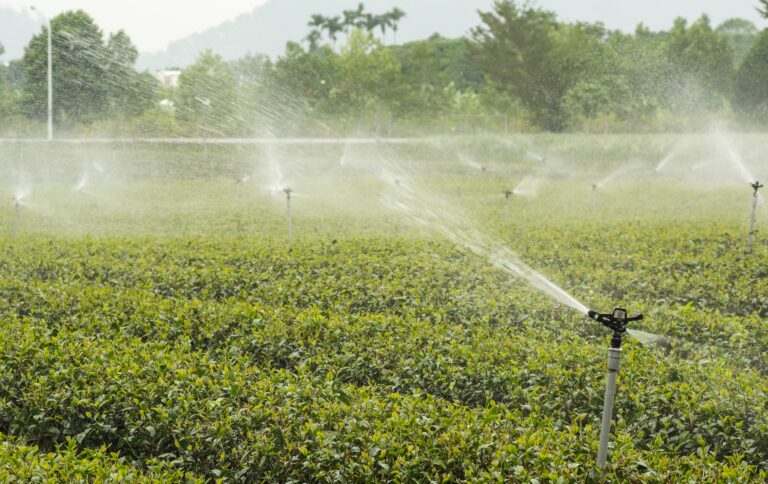With National Groundwater Awareness Week and World Water Day both occurring this month, it is an ideal time to address and provide some perspective on water issues facing the food industry, particularly that of agricultural water.
In February, FDA held two virtual public meetings on the proposed revision to Subpart E of the FDA Food Safety Modernization Act (FSMA) Produce Safety Rule that would change the pre-harvest agricultural water requirements for covered produce (other than sprouts). The requirements of the December-issued proposed rule would replace the pre-harvest microbial quality criteria and testing requirements in the Produce Safety Rule with requirements for systems-based pre-harvest agricultural water risk assessments.
The revision follows a process similar to that of the FSMA preventive controls rule, in that the purpose is for growers, harvesters, packers and holders of produce to use the assessments to “identify conditions that are reasonably likely to introduce known or reasonably foreseeable hazards into or onto produce or food contact surfaces, and to determine whether corrective or mitigation measures are needed to minimize the risks associated with pre-harvest agricultural water.”
While the proposed rule does not change requirements for harvest and post-harvest uses of agricultural water, the revisions are intended to address stakeholder concerns about their complexity and practical implementation, while protecting public health and providing for future adaptability.
So what have stakeholders had to say? Having attended the February 28 public meeting, TAG Senior Advisor Ruth Petran brought back her perspective from the presentations from FDA officials and state regulators; those of representatives from trade associations, who are generally in favor of the risk assessment approach; and attendee questions. Following is some commentary from the meeting:
FDA clarification. In response to a question, FDA clarified that the proposed rule only applies if the agricultural water contacts the harvestable portion of a crop; otherwise growers are not required to conduct an assessment. However, it is important to keep in mind that there may be other water use that requires compliance, such as that used to make up fertilizers or other crop treatments. If these contact the harvestable portion, compliance would be required.
As to frequency of the proposed re-assessment, FDA stated that it should be conducted annually or when a significant change occurs, such as the changing of the water source from well to surface.
The industry. Appreciating the flexibility that the proposed rule offers, industry participants asked that it be finalized quickly with comprehensive guidance especially for different commodities, as risks vary for each. FDA also should more clearly define “who’s in and who’s out” related to how water contacts edible portions, as this may be difficult to assess. Some participants also felt that removal of required testing could be a drawback, feeling instead that the rule should more strongly encourage it or even require it under certain circumstances.
Public comments. There also were a number of public comments made about the rule revisions including the statement that risk assessment application may be difficult, as there are variable strategies onto manage risk; that the proposed four-day preharvest interval to allow for pathogen die off after irrigation may not work for all commodities; and that antimicrobials for treating irrigation water should not be viewed as a silver bullet.
Based on these, comments were made during the meeting for FDA to reconsider the lack of a requirement to test agricultural water; that FDA better understand agricultural water before they set the regulation and train inspectors accordingly; that growers be provided with better access to antimicrobials and guidance on how to optimally use them; and that the agency continue to consider EPA’s recreational water standards, as a sound basis for the current rule. With all this, it also was requested that FDA extend the comment period. FDA encouraged submission of written comments that will continue to be accepted into the docket until April 5, 2022.
From this public meeting, as well as TAG’s experience and expertise, it is clear that there are many tools, resources and guidance needed to help make the proposed rule implementable. FDA has committed to having such materials available along with training for their inspectors and industry.
As the proposed rule continues to be developed, finalized, and compliance dates scheduled, TAG will continue to follow its progress, and can assist product growers, harvesters, packers, and holders in the understanding of the rule and its implementation. Give us a call to discuss.






